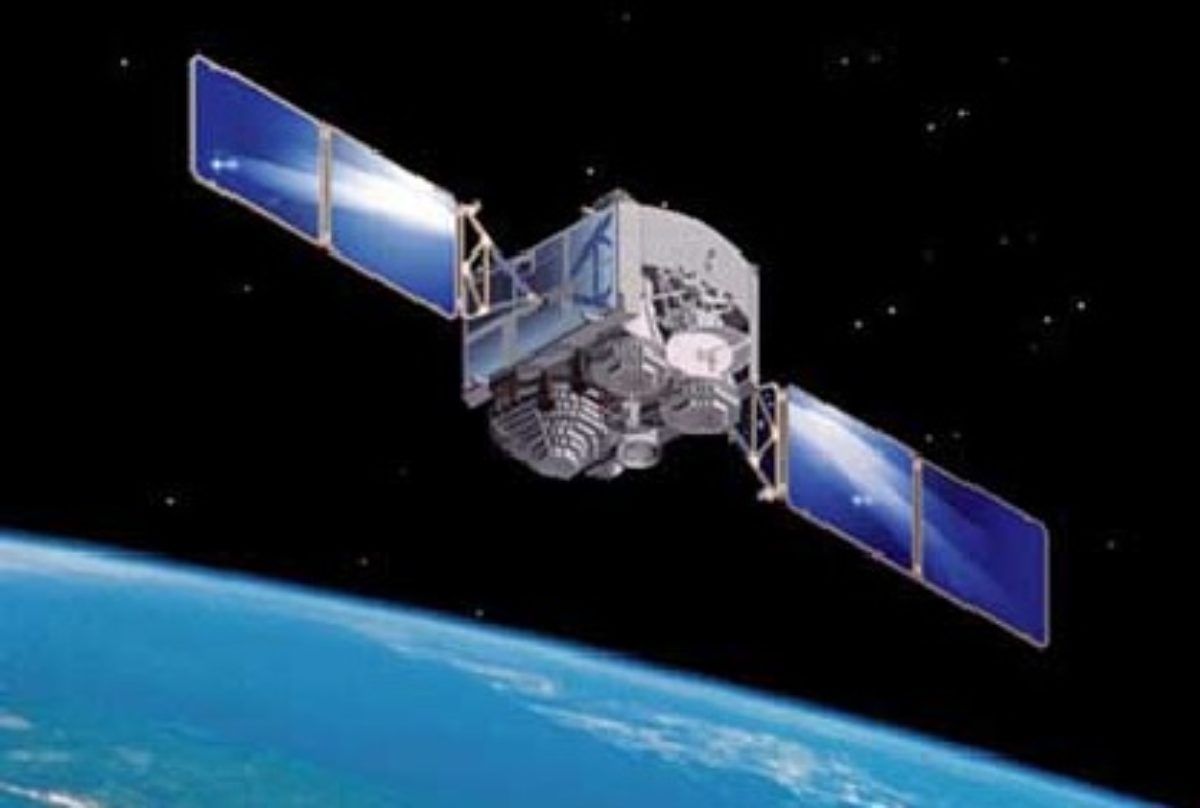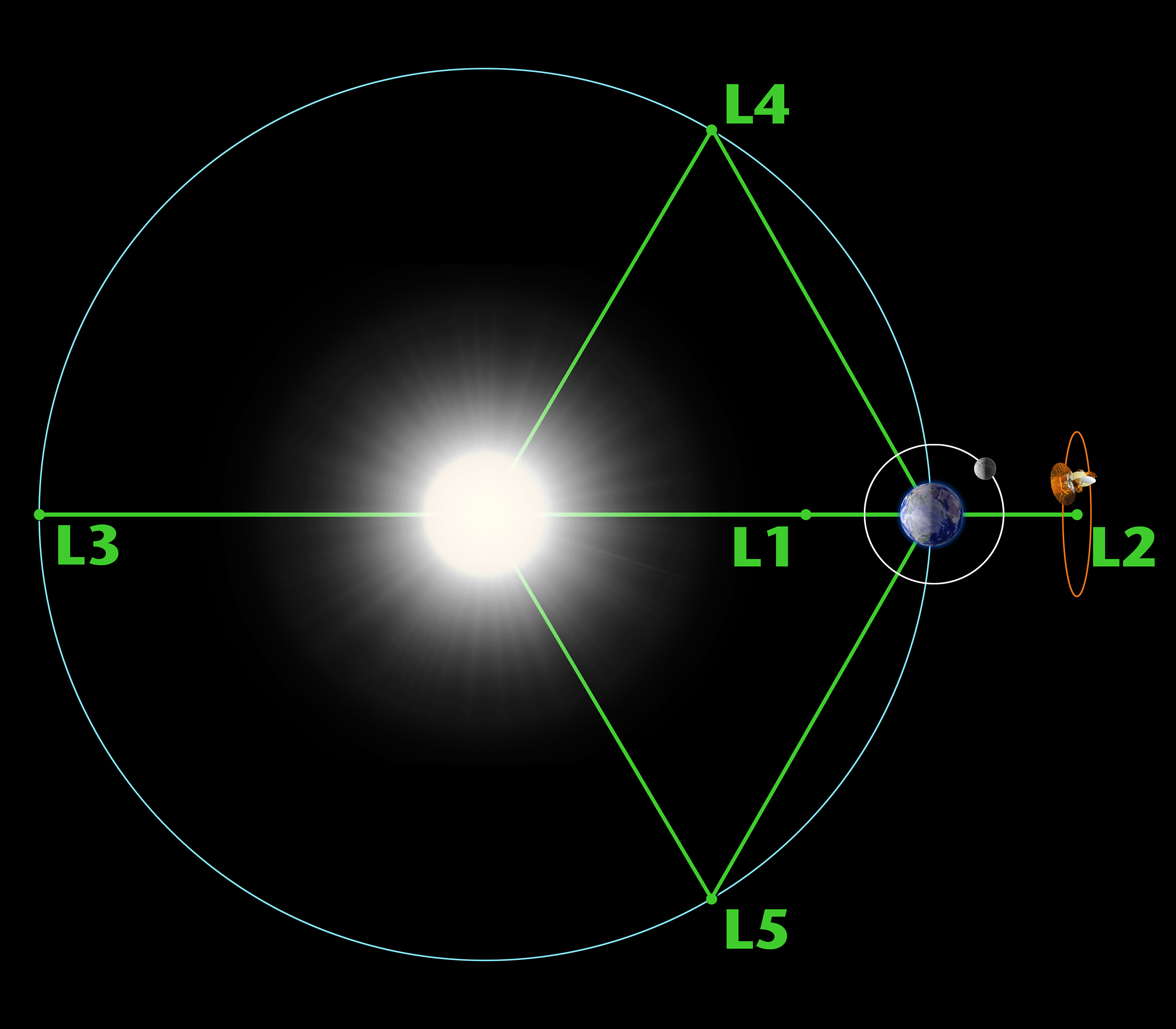
After Chandrayaan 3’s success, India embarked on another exciting new mission. ISRO Chief S Somanath announced that Aditya-L1 mission (named after the Sun’s core) is ready to become the first- ever space-based solar observatory spacecraft to study the Sun which has been launched on 2nd September, 2023.
This marvelous project aims to provide unprecedented insights into the Sun's behavior and its impact on space weather. However, the destination of this spacecraft is a bit unclear.
Let’s delve into this blog to know more about the Aditya L1 Spacecraft, which has been launched lately.
What is AstroSat?
Before discussing the Aditya L1, let's first go through AstroSat. 'AstroSat', was launched in September 2015, by PSLV-C30 from Sriharikota in Andhra Pradesh. It was also a dedicated Indian astronomy mission aimed at studying celestial sources in X-ray, optical and UV spectral bands parallelly.
 AstroSat
AstroSat
Source: KSG India
Where is Aditya L1 going?
Aditya L1 is not actually traveling to the sun. Instead, Aditya L1 will position itself in a halo orbit around the Lagrange point 1 (L1) of the Sun-Earth system and this is 1.5 million kilometers from Earth.
Aditya L1 can continue to observe the Sun due to this strategic location without being hindered by eclipses or occultation, enabling the scientists to study solar activities and their impact on space weather in real time.
What is the L1 point?
The L1 point is a unique location in space (Earth- Sun system) where the gravitational pull of two large masses (that is; the Sun & the Earth in this case), precisely equals the centripetal force required for a small object to move with them (due to the strong & equivalent gravitational pull).
Gravitational pull= centripetal force
But why to choose L1 point? This equilibrium will permit a spacecraft to maintain its position with very less energy expenditure. The L1 point of the Earth-Sun system will give an unrestricted view of the sun.
 Lagrange point
Lagrange point
Source: NASA Solar System Exploration
Why is the Sun in control of the Solar System?
First of all, you must know that the Sun is about 100 times wider than Earth and about 10 times wider than Jupiter. Let’s just say, If the Sun is as tall as your front door, Earth would be about the size of a nickel.
Being the only star in our solar system, it is the center of our solar system & its gravity holds the solar system together as everything revolves around it: the planets, comets etc.
Importance of Aditya L1 spacecraft
-
The parent star, Sun in this case, governs the evolution of every planet, like Earth & the exoplanets beyond the Solar System. So, the Solar weather and environment affects the weather of the entire system portraying the importance of studying the Sun.
-
Variations in this weather can have severe effects in the Solar Weather System like it can change the orbits of satellites or shorten their lives, interrupt with or damage onboard electronics, and cause power blackouts and other disturbances on Earth.
-
Knowledge of solar events is significant to understanding space weather. To track Earth-directed storms, and to predict their impact, continuous solar observations are required. Many components for this mission are being manufactured for the first time in India.
 Source: Hindustan Times
Source: Hindustan Times
What you must know about Aditya L1?
-
Launch Vehicle: Aditya L1 will be launched using the Polar Satellite Launch Vehicle (PSLV) XL with 7 payloads (instruments) on board.
-
Seven meticulously designed payloads comprise the core of Aditya L1’s scientific arsenal, with four earmarked for unparalleled remote solar sensing & three poised for in-situ observations.
-
Goal: Aditya L1 will study the Sun’s corona (Visible & Near infrared rays), Sun’s photosphere (soft and hard X-ray), chromosphere (Ultra Violet ), solar emissions, solar winds and flares, and Coronal Mass Ejections (CMEs), and will carry out round the-clock imaging of the Sun.
-
Challenges: The distance of the Sun from Earth is approximately 15 crore kms on average, compared to 3.84 lakh kms to the Moon.This massive distance poses a scientific challenge and due to such risks, payloads in earlier ISRO missions have largely remained stationary in space.
However, Aditya L1 will be having a few moving components that increases the risks of collision. Other challenges are the super hot temperatures & radiation in the solar atmosphere. But as a sign of relief, Aditya L1 will be much farther away, and the heat is not expected to be a major problem for the instruments on board.
Have there been any other missions to the Sun?
NASA as well as other international space agencies have been monitoring the Sun 24/7 to keep up with solar observatories, studying everything from its atmosphere to its surface.
 NASA's SOHO
NASA's SOHO
Source: NASA Solar System Exploration
-
In 1976, the Helios 2 solar probe, a joint venture between NASA & the space agency of West Germany, went within 43 million km of the Sun’s surface.
-
On 14th Dec 2021, NASA announced that Parker had passed through the Sun’s upper atmosphere. NASA’s Parker Solar Probe is aimed to trace how energy and heat move through the Sun’s corona and to study the source of the solar wind’s acceleration. This is a part of NASA’s ‘Living With a Star’ programme which explores different Sun-Earth system aspects.
-
Solar Orbiter was launched on 9th Feb, 2020 which is a joint mission between ESA (the European Space Agency) and NASA. This is also monitoring the sun to collect data that will help answer a prime heliophysics question: How does the Sun create and control the constantly changing space environment throughout the solar system?
-
Other active spacecrafts monitoring the Sun include NASA Solar System Exploration- SOHO, ACE, IRIS, WIND, Hinode, the Solar Dynamics Observatory, and STEREO.
Conclusion
It is hard to predict the exact insights that Aditya-L1 will unveil about our Sun, but it is certain that this mission will provide an unprecedented perspective to decode the mysteries of the Sun. By observing the Sun from Lagrangian point L1, Aditya-L1 will enable scientists to study the Sun's corona, solar flares, and other phenomena up close. This groundbreaking mission will help scientists understand the origin of solar storms and their impact on Earth. It may also provide insights into the Sun's magnetic field and its role in shaping the solar system. With Aditya-L1, scientists hope to gain a better understanding of the Sun's behaviour and predict space weather events, which could have significant implications for our technology-dependent society.
Overall, Aditya-L1 is a vital mission that could reveal groundbreaking discoveries about the Sun and its influence on our planet.